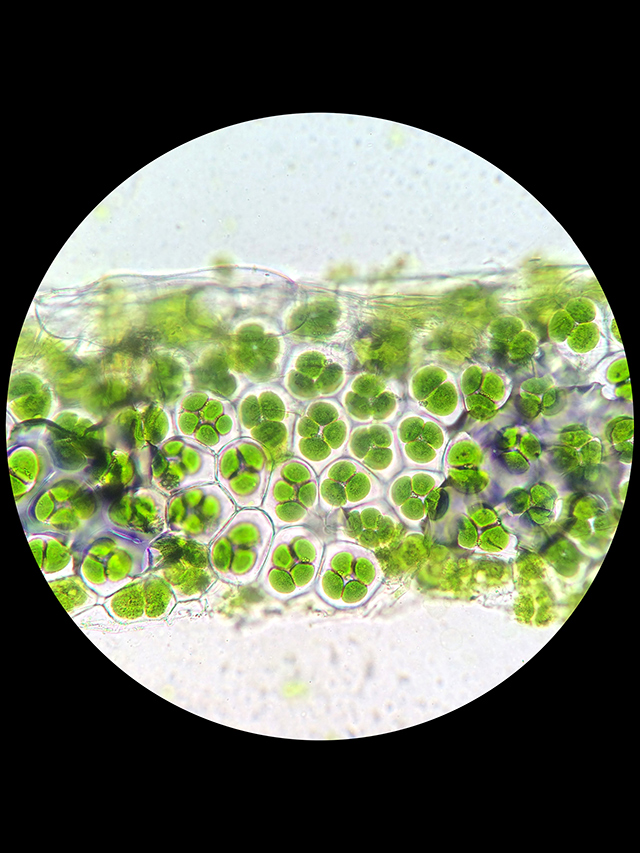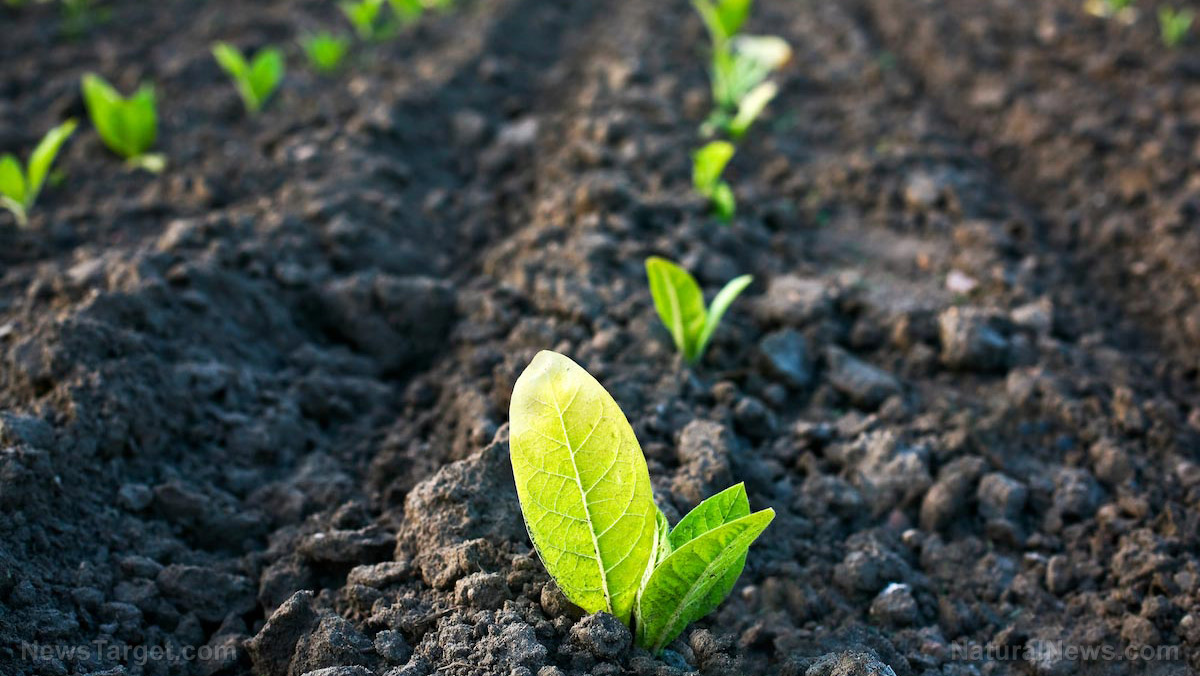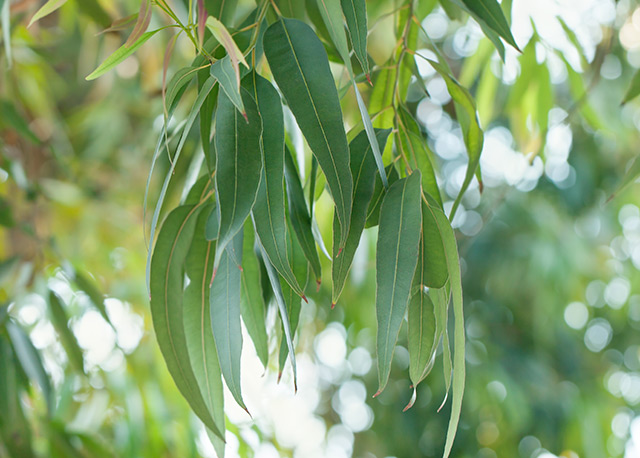Your biology teacher would tell you that chloroplasts are the parts of plant cells that turn sunlight into food via photosynthesis. However, chloroplasts also pull double duty by warning the plant’s nucleus about a pathogenic infection or an environmental stressor, reported a NewsWise article.
This insight comes from a collaborative study between the University of Delaware (UD) and the University of California, Davis (UC Davis), whose joint research team found that chloroplasts shift their shapes and their positions in the plant cell when the immune system needs to be activated.
Further research into this development could lead to a greater understanding of plant biology. In turn, this would benefit farmers who depend on crops that are often ruined by various diseases.
The results of their remarkable study were published in eLife Sciences.
Chloroplasts transform and roll out to warn the nucleus
Bio-imaging techniques showed that chloroplasts could transform into drastically different shapes and move inside the cell depending on the situation. One such occasion is when a disease-causing microbe attacks the plant.
When that happens, the photosynthetic plastids extend narrow tubules called stromules towards the cell’s nucleus, where most of the genetic data of a plant are stored. These stromules anchor themselves to the nuclear membrane.
The chloroplasts move in the general direction of the stromules attached to the nucleus. Once there, the organelles transmit warning signals to the nucleus, which then boosts the plant’s immune system to fight off the infection.
Researchers have not yet figured out if the stromules are escorting the chloroplasts or propelling their organelles. The tiny little tubules could be fulfilling both roles at the same time. (Related: In the near future, paint colors may be grown from bacteria.)
Tiny little stromules could improve the immune response of plants
For the experiment, the researchers used cells from Nicotiana benthamiana, a relative of the tobacco plant that happens to be an excellent subject for bio-imaging.
The stromules and the cytoskeleton (an interlinked network of protein-based filaments and tubules responsible for the shape of the cell) of the Nicotiana cells were marked using fluorescent protein. The markers made those structures very visible to a laser-scanning confocal microscope.
A confocal microscope obtains 3-D images of molecule-sized objects in real time. This way, researchers could observe the interaction between stromules and the microtubules and actin filaments that comprise the Nicotiniana cell’s cytoskeleton.
Given confocal microscopes have relatively low resolutions, transmission electron microscopy (TEM) was used to confirm the stromule-to-microtubule contact.
Next, the researchers used a viral protein to trigger an immune response. The chloroplasts promptly began extending stromules towards the nucleus.
Stromules were shown to follow the length of the microtubules before anchoring themselves to the actin filaments on the surface of the nucleus. They didn’t necessarily need the actin filaments, but their stability was greatly improved if they enjoyed proper connection points.
According to the researchers, altering the dynamics of stromules during this critical process could improve a plant’s chances of withstanding disease and environmental stress.
For example, if the formation and movement of stromules could be sped up, the plant’s immune system could respond faster than normal. A faster immune system could reduce the damage done by a pathogenic bacteria or fungi, or even repel them entirely.
“This could point to new methods for crop protection against various pathogens,” suggested Jeffrey Caplan, director of the Bio-imaging Center at the Delaware Biotechnology Institute (DBI). “This is a basic response, not specific to any one pathogen.”
So, the next time anyone asks you what chloroplasts do, tell them that, in addition to converting sunlight, they also protect the plant by warning it about disease and damage.
Interested in learning about more scientific breakthroughs? Visit Scientific.News.
Sources include:
NewsWise.com
ELifeSciences.org



















